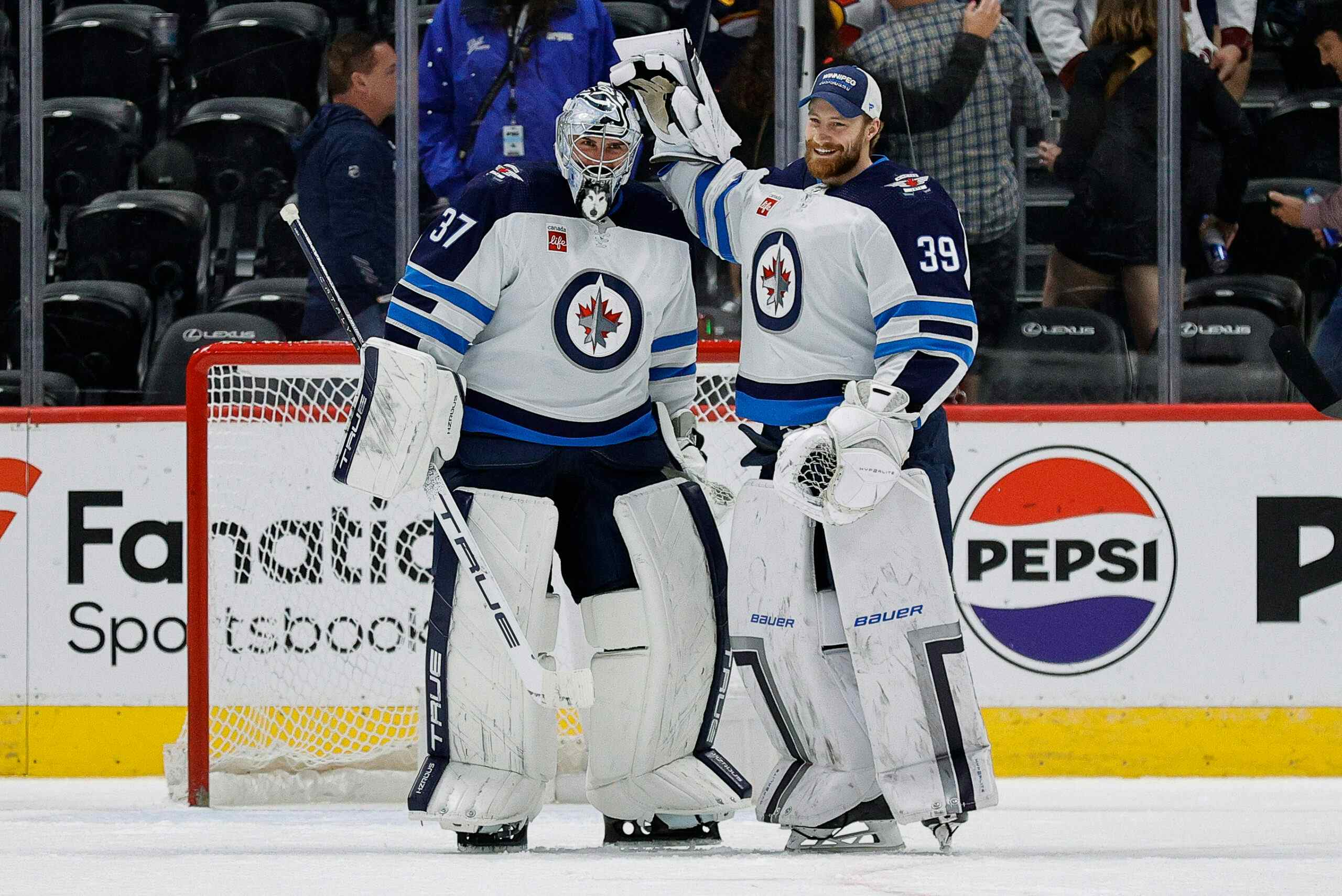Why trading for Chris Neil would be a mistake for the Jets
By Garret Hohl
9 years agoThe rumour mill has been churning out grist concerning the future of Ottawa Senators’ pugilist Chris Neil for quite some time now. The presumption is that the heavy forward could add to the #gritchart rating of a Western Conference contender.
Fans and media still seem to believe that Neil could be helpful on a decent team. In his most recent 30 Thoughts piece, for example, Elliotte Friedman mentions that Neil and the Winnipeg Jets would make sense as a landing spot for Neil.
We don’t quite agree. Though this isn’t much of an active threat since Neil was recently injured and surely won’t be traded now, but still, this is bad logic and we can’t resist taking some time to explain why.
There was a time when Neil represented a new breed: an enforcer who you could actually put on the ice and play real minutes. Sure he was never a great player, but was a serviceable fourth line player.
The problem: he is no longer that guy, but the public has been slow to recognize it.
These days Neil is a poor player on a poor team. Arguably he’s a liability now, even a player I might describe as the worst player on the Senators. He was rarely an above average bottom-six forward now he’s aged, faded, and diminished from what he once was. Thirty-five is not the new twenty-five for hockey players.
Neil’s diminished on-ice utility would be compounded further by the likelihood that he’d be a redundant piece in Winnipeg. The Jets roster already contains Chris Thorburn and Anthony Peluso, two marginal players who can fight, but are also outperforming Neil. Thorburn already has the reputation of being a leader and being good in the room too…

While filling much the same role in terms of policing, character guys who play physical hockey, Peluso and Thorburn also have better shot attempt differentials (Corsi), and Peluso has a better on-ice vs off-ice impact (relCorsi) than Neil does.
Adding shot location and shot type into the model doesn’t change this analysis much. By scoring chance differential (SC), Peluso and Thorburn score better than Neil again, but this time Thorburn has the better on-ice vs off-ice impact (relSC).
Looking at regressed numbers like dCorsi or usage-adjusted Corsi doesn’t paint Neil in a more flattering manner either.
Why should the Jets want another carbon copy of some of their worst players?
It all comes down to “intangibles” or rather latent variables.
“Intangibles” in hockey are not actually intangibles. An intangible is something that cannot be perceived by the senses, like copyrights, patents, and intellectual property. Latent variables are things that impact a model (like outscoring your opponent) but you cannot measure directly, like leadership, confidence, morale, and happiness.
The reason why we care about “hockey intangibles” is because they are suppose to impact the results. If they do not, there is no reason to fuss over them.You want physicality because it can wear down the opponent and may cause them to second guess entering a puck battle. You hit because you want to separate the player from the puck and cause them to lose possession. You play gritty because you want to win possession board battles and gain advantageous positioning over your opponents. You want leadership so players are in-tune to the coaches and their systems. You block a puck because you want to reduce the chance of a shot becoming a goal against.Hockey “intangibles” are attempts to improve the team in the shots and goals columns. Their effective impact is real and theoretically measurable, even though it is (at least currently) impossible to track them directly.
You can look to a player like Andrew Ladd as the example of what you want. Ladd is a leader. He works hard, fights for his team, and leads by example. He also garners good on-ice results. Those two facts are not unrelated.
Sometimes these intangibles are simply the attributes that make a player perform well. Size is an attribute sometimes treated like this when pundits discuss a team “needing to add size”. A player being bigger gives them the tools to overpower the opposition or protect the puck, but it doesn’t magically make others different. Tyler Myers height doesn’t make Enstrom all-of-a-sudden better or worse at digging out pucks in the corner.
Leadership and grit are not intangibles. They are attributes players have that help impact the results. They have their role to play and are important, but they are more likely overemphasized and overvalued in terms of being used to justify poor roster decisions.
The game is played on the ice, but who wins is determined by the number of goals on the score sheet. Which is why valuing attributes like toughness and size at the expense of hockey talent is almost always a mistake. Teams need to stop using this attributes as an excuse to waste assets in the pursuit of something ineffectual, and instead use attributes as part of the overall package in evaluating an individual.
Recent articles from Garret Hohl





